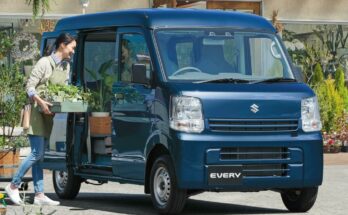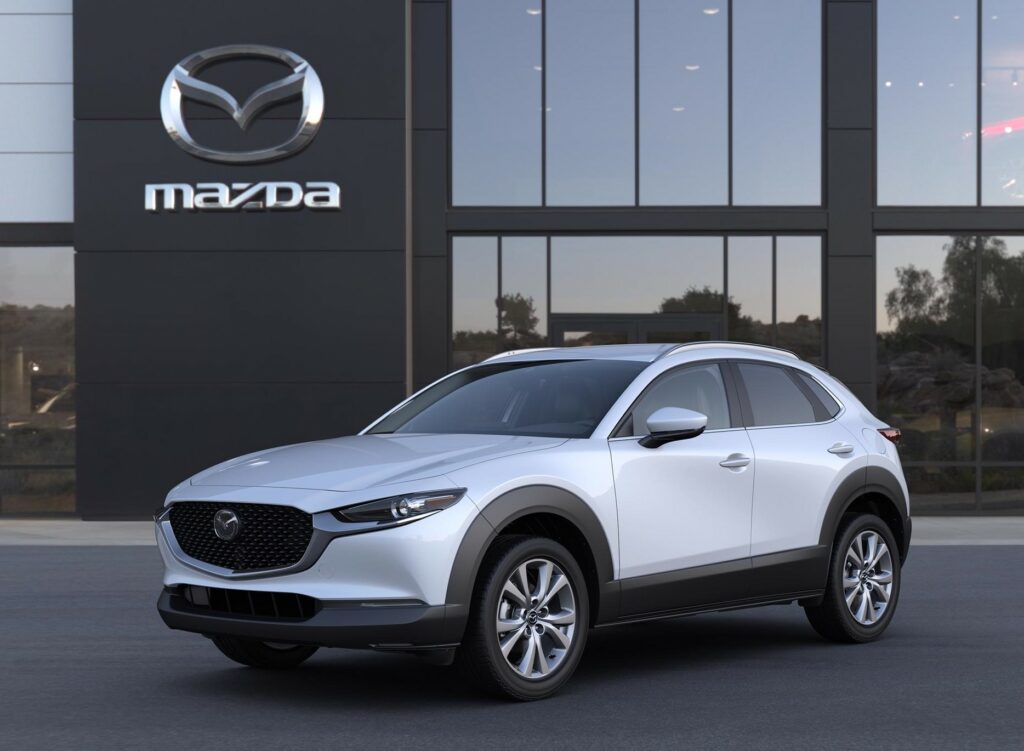A station wagon, also called an estate car, is a body-style variant of a sedan with its roof extended rearward over a shared passenger/cargo volume with access at the back via a liftgate/ tailgate, instead of a trunk/boot lid. These cars were extremely popular around the world including our market, during the 1960s, 70s and even the 80s.
Related: Classification of Cars Based on Body Type
The body style transforms a standard three-box car design to include an A, B, and C-pillar, as well as a D-pillar. Station wagons can flexibly reconfigure their interior volume via fold-down rear seats to prioritize either passenger or cargo volume.
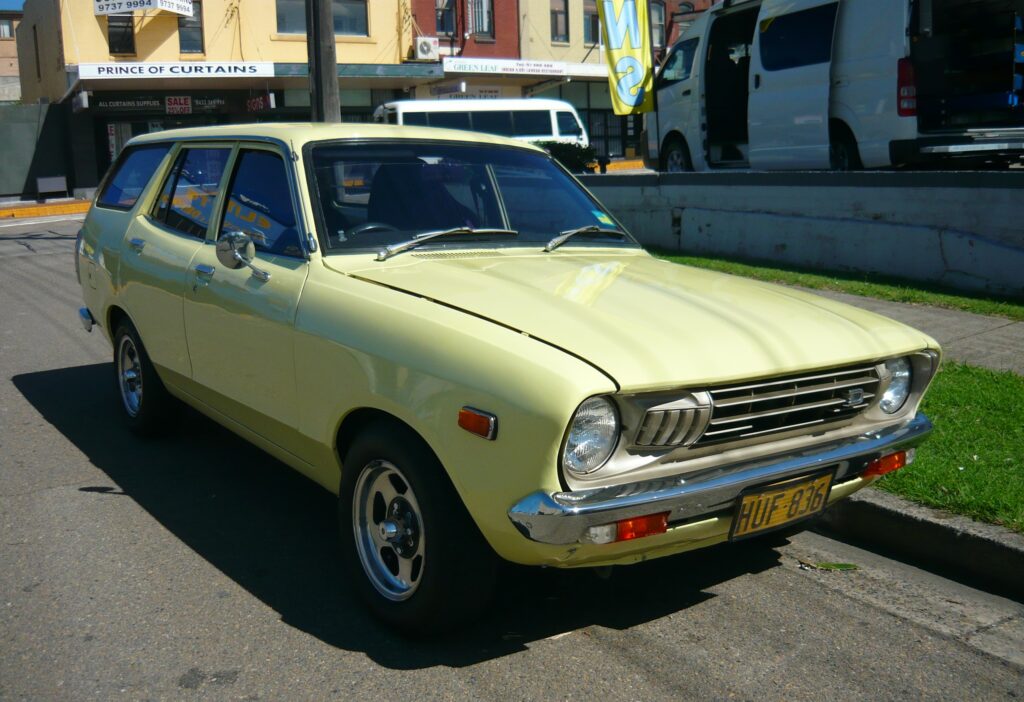
They may look like larger hatchbacks but differ in terms of technical aspects. Although both station wagons and hatchbacks typically share a two-box design configuration, with one shared, flexible interior volume for passengers and cargo and a rear door for cargo access, they offer variable distinctions, such as:
- Station wagons usually have windows aside from the cargo volume. In a station wagon, the roof more likely extends to the very rearmost of the vehicle, enclosing a full-height cargo volume. As opposed to a hatchback roof that rakes down steeply behind the C-Pillar, prioritizing style over interior volume, with shorter rear overhang and with smaller or no windows aside from the cargo volume.
- A station wagon may include a reconfigured rear suspension for additional load capacity, but the hatchback doesn’t offer a reconfigured suspension for carrying cargo.
- Hatchbacks typically feature a top-hinged liftgate for cargo access, whereas Station wagons can employ numerous tailgate configurations.

Over the period of time, however, the popularity of station wagons began to fade away. The decline in popularity of these cars which started in the 1990s and beyond can be attributed to several factors.
Rise of SUVs and Crossovers:
The automotive market witnessed a surge in the popularity of SUVs (Sport Utility Vehicles) and crossovers. Consumers were drawn to the rugged and versatile image of SUVs, along with their perceived safety and off-road capabilities. This trend led to a shift away from station wagons.
Changing Consumer Preferences:
Consumer preferences evolved, and there was a growing desire for vehicles that provided a higher driving position, more cargo space, and a sense of adventure. SUVs and crossovers addressed these preferences more effectively than traditional station wagons.
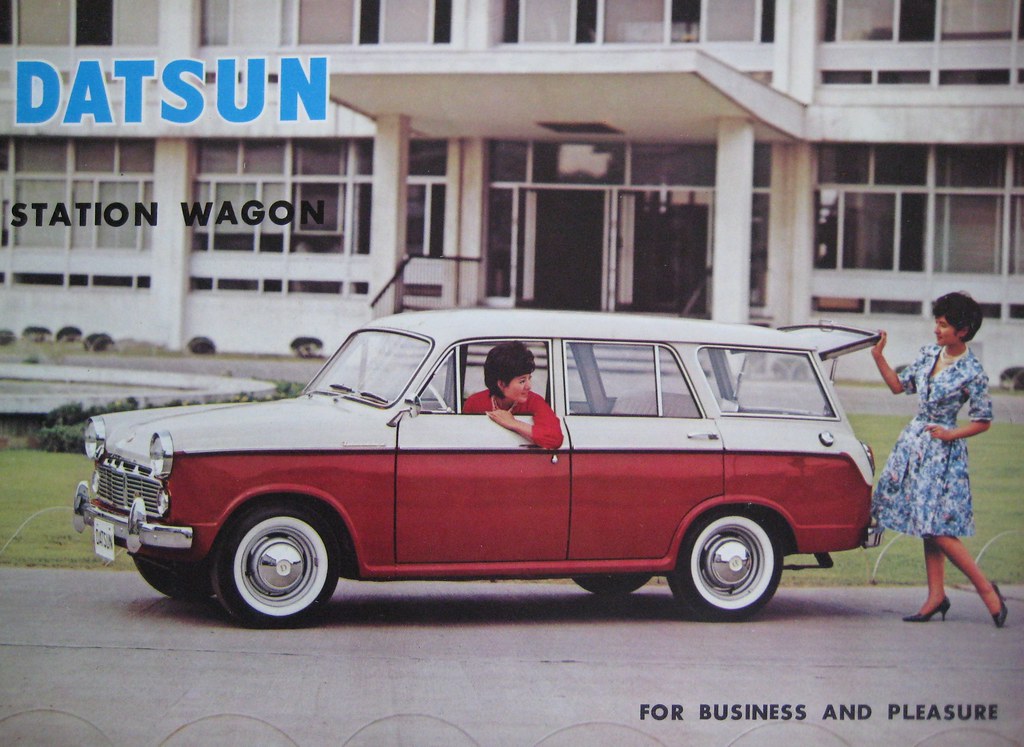
Marketing and Image:
SUVs were marketed as lifestyle vehicles, associated with outdoor activities, adventure, and a more active lifestyle. This marketing strategy contributed to the perception that SUVs were trendier and more desirable than station wagons.
Styling and Design Changes:
Station wagons were often perceived as stodgy and outdated in terms of design. The automotive industry responded to changing tastes by introducing more stylish and modern designs for other vehicle types, contributing to a decline in the appeal of traditional station wagons.

Demise of the “Family Car” Concept:
The idea of a single “family car” that could accommodate large families fell out of favor. Families began to prefer owning multiple vehicles, with each serving a specific purpose. This shift further diminished the need for a large family-oriented station wagon.
Related: Remembering the Type-3 Volkswagen Variant
Even if someone needs to have a bigger car, it is fulfilled by 7-seat crossover SUVs or MPVs which now appear more favorable compared to station wagons.
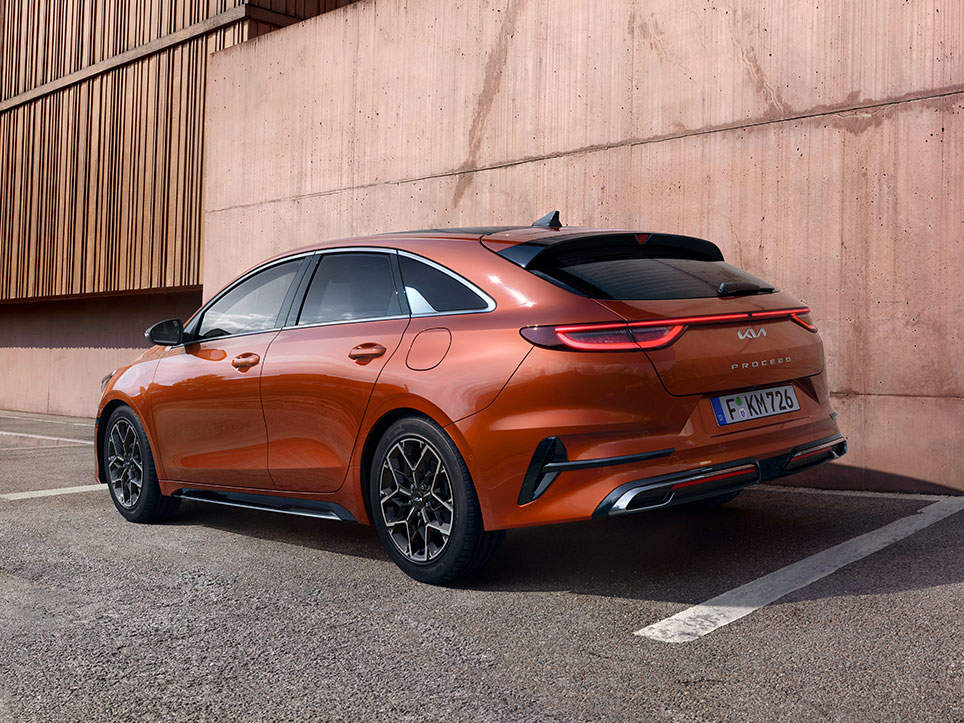
Despite the decline in popularity, some automakers have attempted to revive the station wagon segment by introducing modern, sleek designs with improved features. Automakers now often label station wagons as Estate cars, a word that tends to sound less primitive than saying a conventional station wagon phrase.
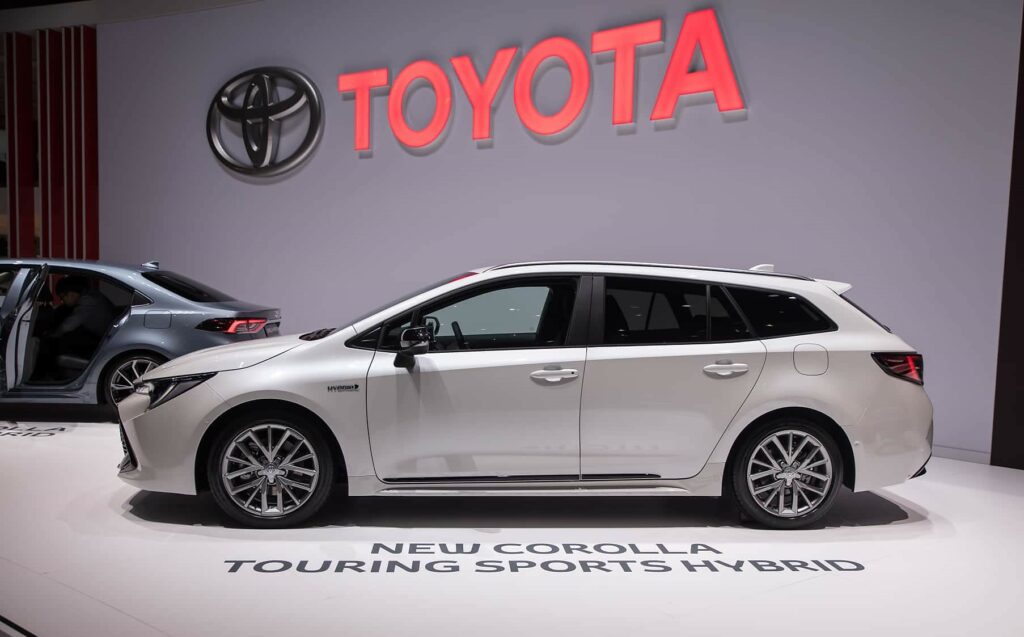
Toyota Corolla even in its latest 12th generation model, offers a station wagon version (Corolla Touring) usually in European and North American markets. Kia also sells the Pro Ceed station wagon, in addition to other European and American automakers. Whereas in the Japanese Domestic Market (JDM), cars such as Toyota Fielder, Probox, Nissan Wingroad, Mazda Familia van, and Honda Fit Shuttle, etc are some of the station wagons still on offer. However, the dominance of SUVs and crossovers continues to be a prominent trend in the automotive industry.

I don’t eat, sleep or dream of cars, I am just someone who loves to see, think & write about cars. I love Ferrari in Pink but they won’t make one for me. I use X to write my full name, but that doesn’t mean I’m inspired by Altis X, in fact, my dad hates it 😀 Btw I’m an occasional writer so don’t expect too much from me 🙂

